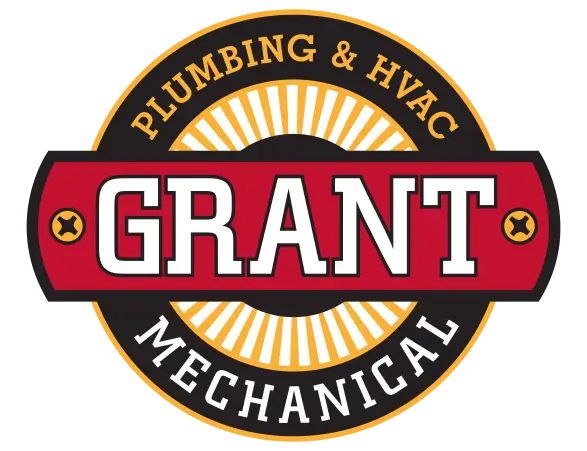Repair or Replace Your Furnace? The "$5,000 Rule" Can Help You Decide

When your furnace starts acting up, one of the first questions that pops into your head is: “Should I repair it, or is it time for a replacement?” It’s a big decision with significant implications for your comfort and your wallet, especially here in Northern Michigan where a reliable heating system is crucial during our long winters. Luckily, there’s a helpful guideline that many in the HVAC industry recommend to navigate this decision. This rule focuses on a simple calculation involving your furnace’s age and the estimated repair cost, and it can provide valuable clarity. Let’s break down this “$5,000 rule” and how it can help you make the right choice for your home.
The "$5,000 Rule": Age x Repair Cost
Here’s the straightforward calculation at the heart of this industry recommendation:
- Step 1: Determine the Age of Your Furnace. You can usually find the manufacturing date on a sticker located on the unit itself.
- Step 2: Get a Professional Repair Estimate. Call the experts at Grant Mechanical for an accurate assessment of the problem and a detailed cost estimate for the repair.
- Step 3: Multiply the Age of Your Furnace by the Total Repair Cost.
The Verdict: Repair or Replace?
According to this common rule of thumb:
- If the Total is LESS than $5,000:
In this scenario, the general recommendation is to proceed with the repair. Your furnace is likely still within a reasonable lifespan, and the cost of fixing the current issue is considered a worthwhile investment. - If the Total is MORE than $5,000:
If the result of the multiplication exceeds $5,000, the recommendation leans towards replacing the furnace. This suggests that the unit is older, and significant repairs, when factored against its age, may not be the most economical long-term solution.
Why This Rule Makes Sense
This guideline isn’t arbitrary; it’s based on the understanding that older furnaces are more prone to breakdowns, and their efficiency can decline over time. Investing in a costly repair for an aging unit might only delay the inevitable need for replacement and could lead to further expenses down the road. A new, more energy-efficient furnace can often save you money on your heating bills and provide greater reliability.
This guideline isn’t arbitrary; it’s based on the understanding that older furnaces are more prone to breakdowns, and their efficiency can decline over time. Investing in a costly repair for an aging unit might only delay the inevitable need for replacement and could lead to further expenses down the road. A new, more energy-efficient furnace can often save you money on your heating bills and provide greater reliability.
Beyond the "$5,000 Rule": Other Factors to Consider
While the “$5,000 rule” is a helpful guideline, it’s not the only factor to consider. Here are a few other things to think about when making your decision:
- Frequency of Past Repairs: If your furnace has required frequent repairs in recent years, even if the current repair falls below the $5,000 threshold, it might be a sign that the system is nearing the end of its lifespan.
- Energy Efficiency: Older furnaces often have lower AFUE (Annual Fuel Utilization Efficiency) ratings, meaning they waste more energy. A new, high-efficiency furnace can significantly reduce your heating costs.
- Comfort Levels: If your current furnace struggles to maintain a consistent temperature throughout your home, a replacement with a properly sized and more efficient unit can greatly improve your comfort.
- Warranty: A new furnace will come with a manufacturer’s warranty, providing peace of mind against future breakdowns.
- Available Incentives: Keep an eye out for potential rebates or tax credits for installing energy-efficient HVAC systems, which can make replacement more financially attractive.
Trust the Experts at Grant Mechanical
Ultimately, the best decision for your home will depend on your specific circumstances. The experienced technicians at Grant Mechanical in Northern Michigan can provide a thorough assessment of your furnace, explain the problem and repair options, and help you weigh the pros and cons of repair versus replacement, taking the “$5,000 rule” and other relevant factors into account.




